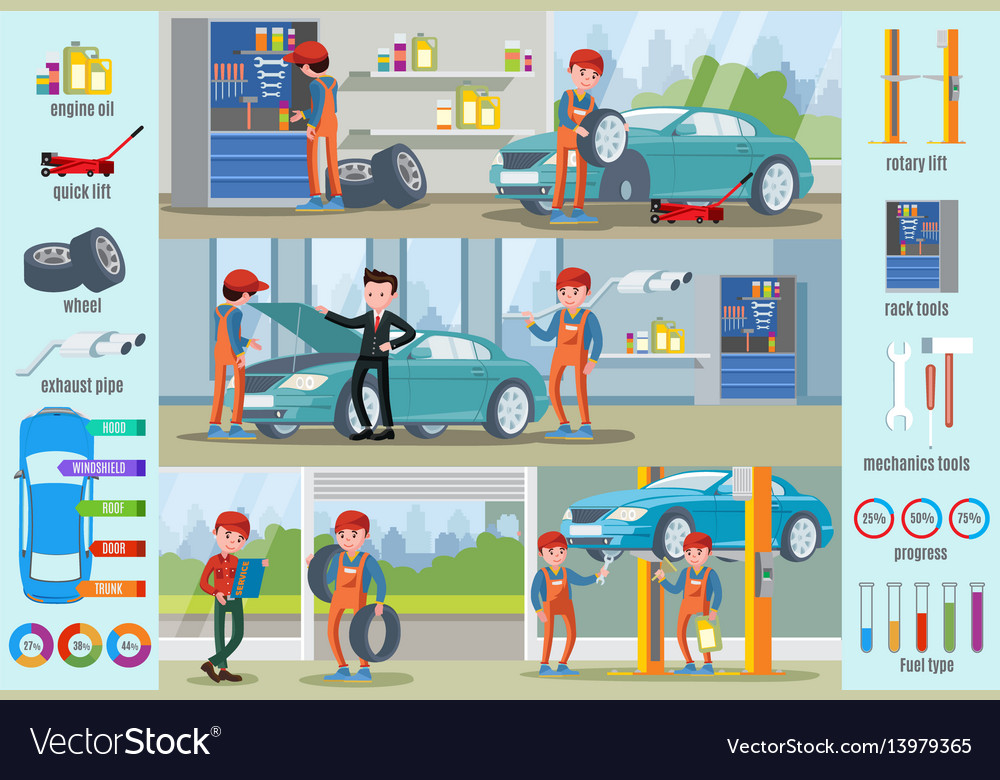When you lag the wheel, those glowing caution lights on your dashboard can be a bit puzzling. Do you understand what they're attempting to tell you about your vehicle's wellness? Understanding the value of these lights is essential for your safety and security and the long life of your car. So, automotivechemicalwashnz of those lights appears, wouldn't you want to decode its message accurately and take the needed steps to resolve it?
Common Caution Lights and Interpretations
Identify typical caution lights in your automobile and understand their significances to ensure safe driving.
One of the most regular warning lights consist of the check engine light, which signals problems with the engine or emissions system. If this light comes on, it's critical to have your automobile inspected promptly.
The oil stress cautioning light suggests reduced oil pressure, needing prompt attention to avoid engine damages.
A flashing battery light might recommend a damaged billing system, potentially leaving you stranded otherwise dealt with.
The tire stress tracking system (TPMS) light alerts you to low tire stress, influencing car security and gas effectiveness. Neglecting this might cause unsafe driving problems.
The ABS light indicates a trouble with the anti-lock braking system, compromising your ability to stop promptly in emergency situations.
Last but not least, the coolant temperature level cautioning light warns of engine overheating, which can lead to extreme damage otherwise fixed quickly.
Comprehending mobile car grooming auckland will assist you address issues promptly and maintain secure driving problems.
Relevance of Prompt Interest
Recognizing the usual warning lights in your auto is only the very first step; the importance of immediately resolving these warnings can't be stressed enough to ensure your safety and security on the road.
When a caution light illuminates on your dashboard, it's your vehicle's way of interacting a prospective issue that needs attention. Overlooking these cautions can lead to more extreme problems down the road, jeopardizing your safety and potentially costing you a lot more in repairs.
Trigger interest to advising lights can prevent break downs and mishaps. For best car wash , a blinking check engine light could suggest a misfire that, if left neglected, can cause damages to the catalytic converter. Addressing this without delay can conserve you from a pricey repair work.
In a similar way, a brake system cautioning light could signal low brake liquid or used brake pads, important components for your safety when driving.
Do It Yourself Troubleshooting Tips
If you notice a warning light on your control panel, there are a few DIY repairing pointers you can attempt before seeking expert help.
The initial step is to consult your automobile's manual to understand what the particular warning light indicates. Sometimes the concern can be as easy as a loosened gas cap causing the check engine light. Tightening up the gas cap may resolve the problem.
informative post is a reduced battery, which can cause numerous advising lights. Checking the battery connections for rust and ensuring they're safe might fix the issue.
If a caution light lingers, you can try resetting it by separating the car's battery for a couple of mins and then reconnecting it. Furthermore, checking your automobile's liquid levels, such as oil, coolant, and brake liquid, can assist repair alerting lights related to these systems.
Final thought
Finally, comprehending your car's caution lights is important for maintaining your automobile running efficiently and safely. By quickly resolving these notifies and recognizing what they indicate, you can avoid costly repairs and prospective breakdowns.
Remember to consult your auto's guidebook for certain information on each alerting light and take action as necessary to make sure a hassle-free driving experience.
Remain notified, remain secure on the road!
